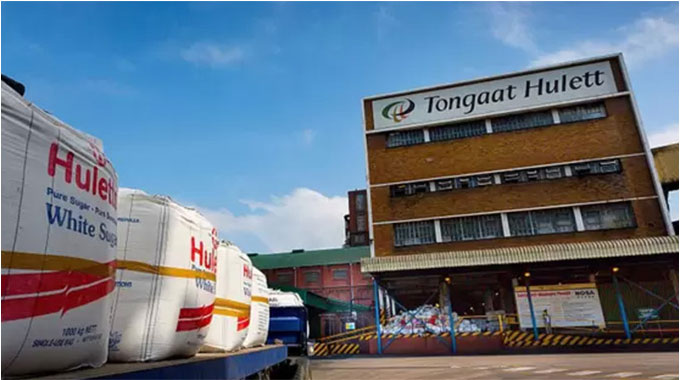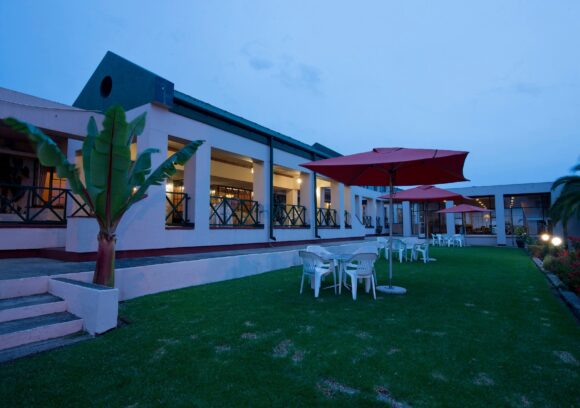Stuttering Zim slashes growth targets
Zimbabwe yesterday projected a lower growth than previously expected, a signal that the country was struggling to deal with the worst economic crisis of President Emmerson Mnagagwa’s five-year reign.
The southern African country is once again in the throes of runaway inflation driven by exchange volatilities and galloping prices of goods and services.
Yesterday, minister of Finance Mthuli Ncube said his earlier projection of a 5,5% gross domestic product growth for 2022 was unlikely.
“We will announce that formal revision during the mid-term budget review on the 28th of July next month,” the Treasury boss said, as he laid out new measures to save the hemorrhaging economy.
“Maybe suffice to say we will announce a slightly lower growth rate than the 5,5%.”
The details, he said, would be shared in a supplementary budget due in July.
He spoke a day after new data showed annual inflation galloping to 191% this month, from 131% in May in the aftermath of steep price hikes, which are now threatening to ground the economy.
The downturn has been accompanied by production cuts in basics like bread, and frequent fuel price hikes, which has pushed industries to the brink and eroded consumer buying power.
On Sunday, millers announced shocking cuts in production, as one of the major flour makers was said to have halted production.
Zimbabwe is battling to forestall developments reminiscent of the first phase of the crisis during the decade to December 2008.
Back in 2008, a relentless assault of the currency by hyperinflation, which hit 500 billion percent, ended with a crash of the domestic currency.
Along with Africa’s highest inflation rate, Zimbabwe has grappled with efforts to contain a stubborn fall in the value of its domestic currency, which has been battered by wide margins on the black market since radical monetary policy changes took effect in February 2019.
The Zimbabwe dollar has devalued by at least 30% since January, one of the sharpest such declines in months.
Yesterday’s measures saw the government hiking interest rates by a whopping 120 percentage points to 200%.
Before this, rates were pegged at 80%.
Ncube said new legislation codifying the multicurrency system would be promulgated.
“The market lacks confidence that the multi-currency system is here to stay for the foreseeable future,” he said. “To eliminate speculation and arbitrage based on this issue, the government has decided to embed the multi-currency system and the continued use of the US dollar into law for a period of five years,” he said.
“The interbank market exchange rate is now being determined by banks on a willing buyer-willing seller basis. The utilisation in all economic transactions of this formal rate is now made mandatory by law. Economic agents are free to price their goods in US dollars or Zimbabwe dollars. There are no price controls, the equivalence of US dollar prices and Zimbabwe dollar prices for a commodity should be strictly based on the current interbank exchange rate as determined by the Willing Buyer Willing Seller rate,” he added.-newsday










